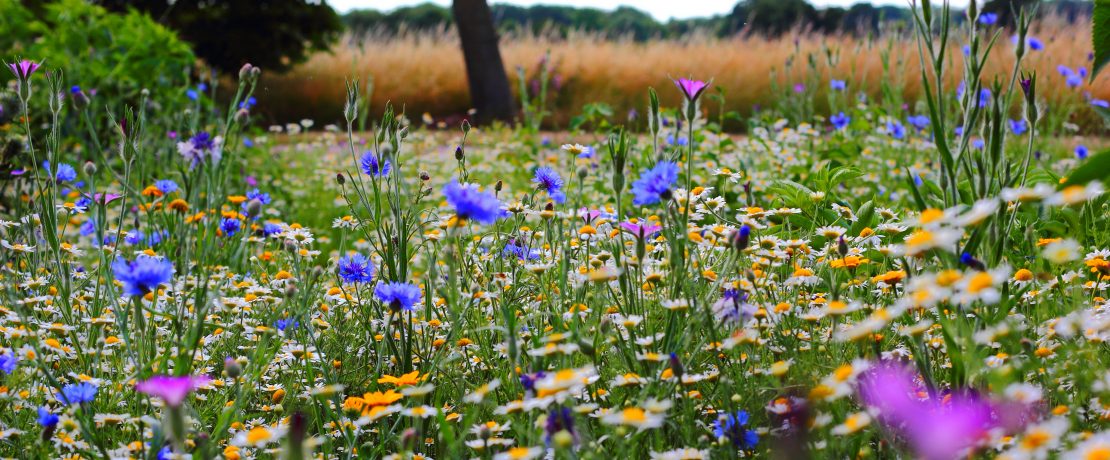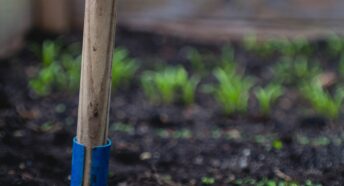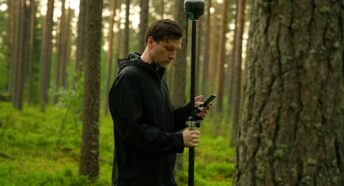Rewilding Project
Top 5 Benefits of Wildflower meadows:
- They provide pollen/nectar to help sustain our precious bees. As well as specialist food plants for the caterpillars that become beautiful butterflies and moths. All of which are vital for crop pollination.
- It creates homes and resting places for beneficial insects such as spiders, ladybirds and lacewings. These creatures help control pests.
- Even just a small patch of meadow can be a source of food and nesting material for birds. Some birds like to eat seeds, some prefer caterpillars and insects. All of these can be found in wildflower meadows.
- Creates hiding places for frogs and toads, a gardener’s best friends. They eat slugs, bugs, flies and other pests. A wildflower meadow makes a lovely damp environment for amphibians to forage in.
- Supports small mammals with hiding places, food and nesting material. A meadow could contain up to 40 species per square metre.
Everyone’s talking about Rewilding….
There is much written about rewilding and it has become rather a ‘hot topic’ recently. As such, we are including an introduction in our newsletter for your interest as we do sometimes refer to the term. We also enclose some wild flower seeds for you to enjoy.
What is Rewilding?
Rewilding is providing the right environment to allow nature to regenerate naturally.
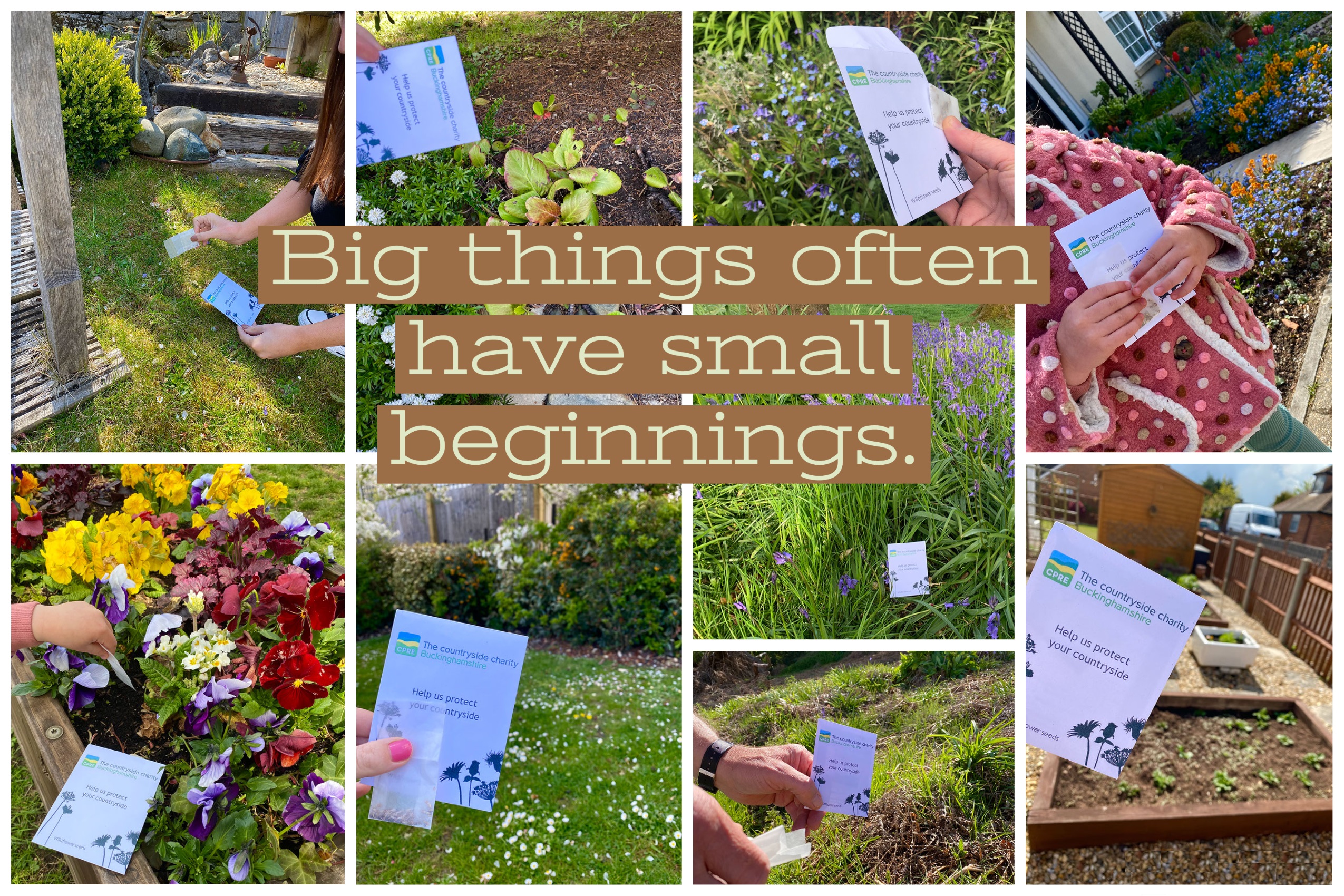
Why is it needed and what is the purpose?
With all the changes and advances of human activity, nature has been changed and the impact is widely recognised. Wildlife is in decline, with many species becoming endangered. For example, we now see around half the butterflies we used to less than 50 years ago.
According to experts, the changes (driven by human activity) in our environment are affecting the climate conditions for local wildlife so fast that it struggles to adapt quickly enough, causing an extinction risk. But it is estimated that if we act now and restore as much as 30% of natural habitats by 2030, at least a fifth of the species could be protected. In line with this, Boris Johnson has made a pledge to protect 30% of UK land to help, but more needs to be done.
Various (small and large-scale) rewilding projects have been initiated to try to temper the changes with the aim to bring back the natural balance. There is plenty of scope for us to help.
How can you help?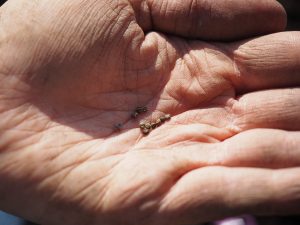
There are many ways to get involved! As a member of CPRE Bucks you are already a member of an organisation that supports rewilding either specifically or as part of a combination of activities. You could recommend a friend as a member. A donation to us will help us do more. You could also set up a group locally to coordinate a rewilding project or contact your local MP and council to see what action they are taking.
Recent rewilding trials on UK road verges are underway and you could try to encourage more; where safe to do so of course. The organisation ‘Plantlife’ has recently confirmed that some 45% of the UK’s total flora can be found on our road verges; that is over 700 species!
Another lovely way to help is by creating an area in your garden eg: letting your grass grow longer (all of it or just an area) and planting wildflower seeds, thus helping provide areas for more insects to explore and attracting bees and other pollinators. But do remember to also avoid pesticides.
[Fiona Williamson, Trustee]
